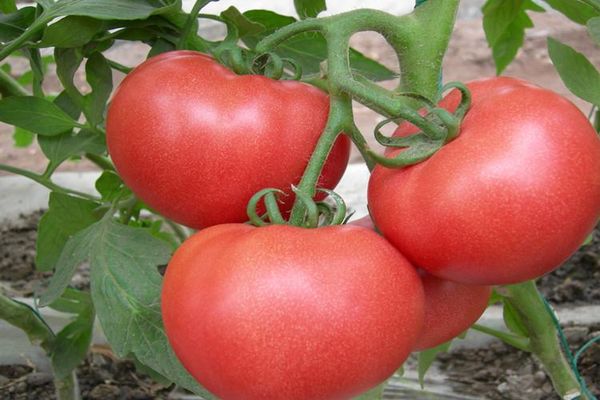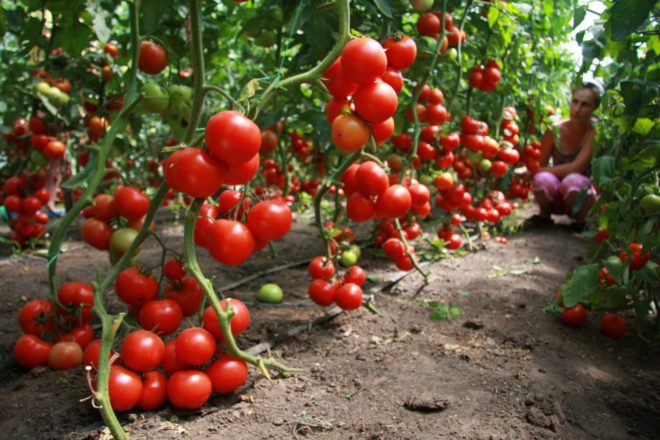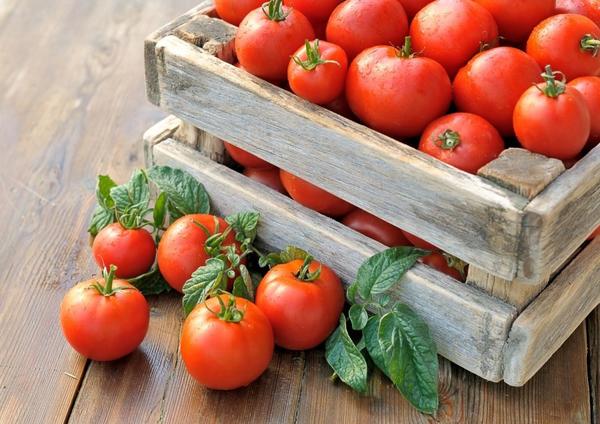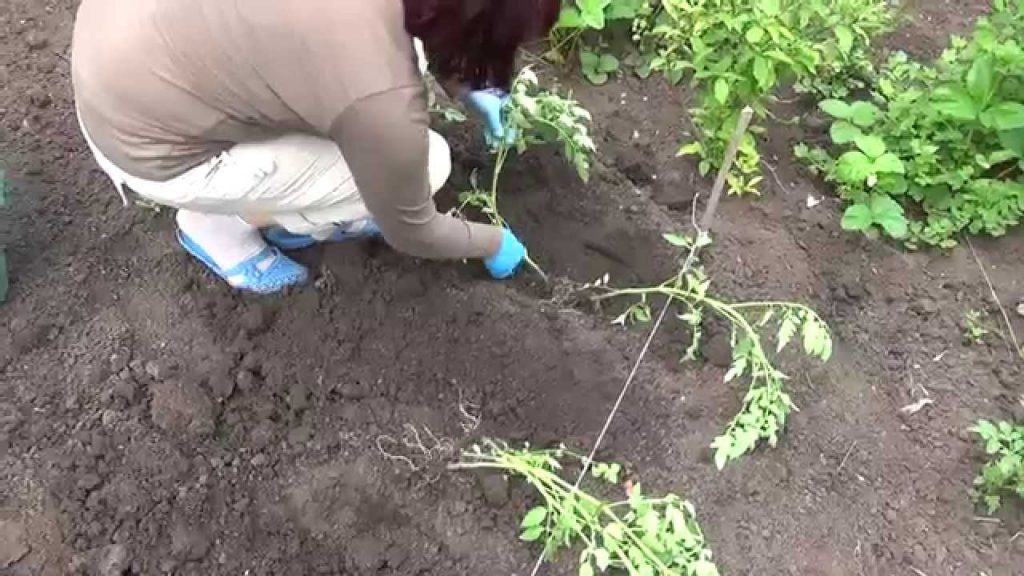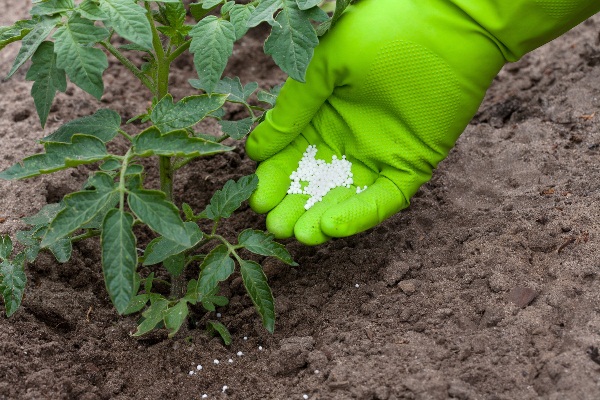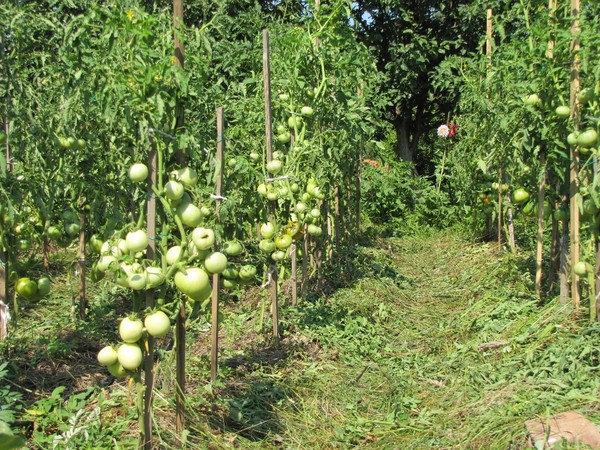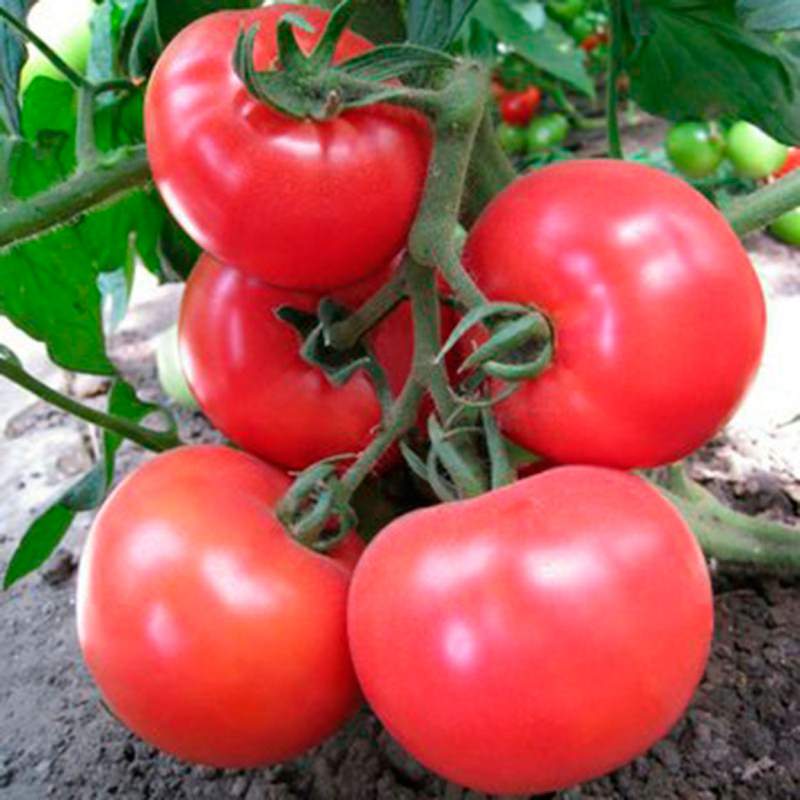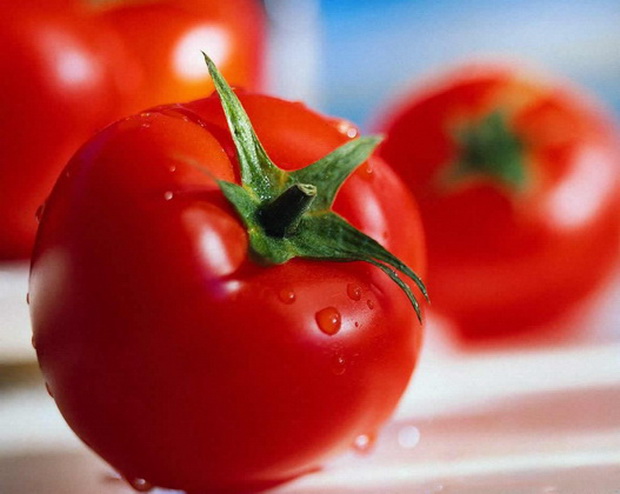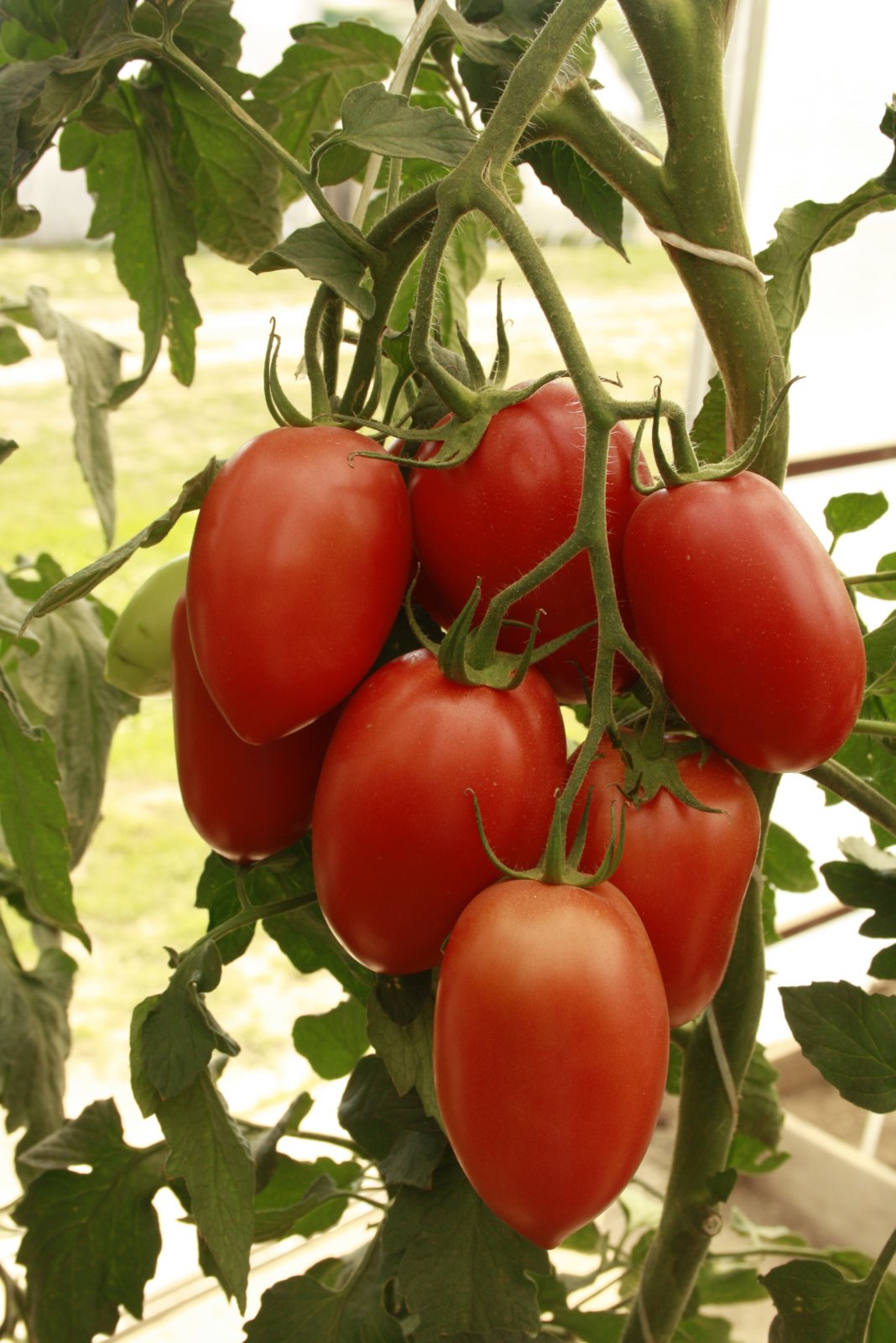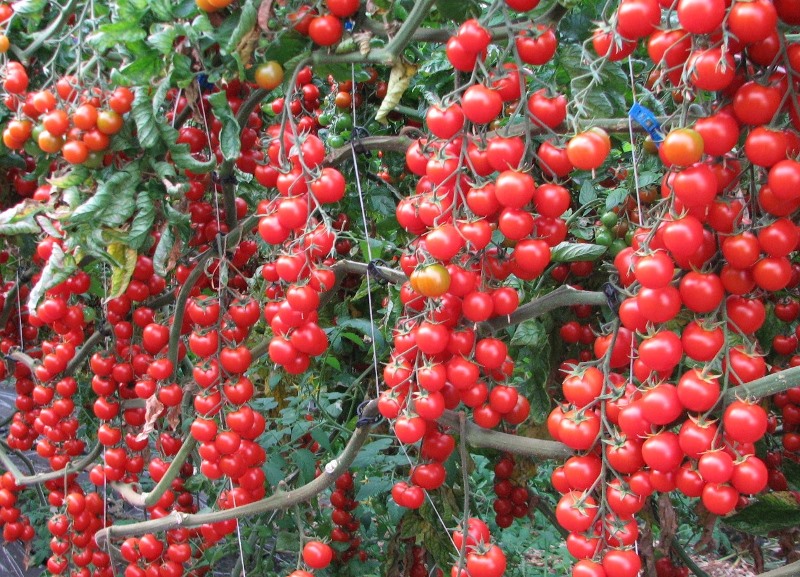Content:
With the onset of each new summer cottage season, many gardeners begin to wonder which of the tomato varieties should be preferred. Some prefer old, proven types, while others are not afraid to try new ones. The latter include tomatoes Tatiana F1.
general information
Tomato variety Tatiana is a hybrid bred by the Dutch company Seminis VegetableSeeds, bred specifically for growing in open ground. However, this fact does not mean at all that the culture does not grow well in greenhouses or hotbeds.
Tomato Tanya can be eaten both fresh and used for cooking, in particular, all kinds of vegetable salads. The culture is great for processing, salting, pickling and making tomato juices.
Tomatoes of this variety contain a large amount of vitamins (in particular, vitamin C), are transportable and are well kept fresh.
Characteristics of the variety
For a crop such as Tatyana's tomato, the characteristic and description of the variety should begin with determining the zone of the most comfortable growing. In principle, Tanya tomatoes can be planted in almost any region. But, if in warm regions the plant will feel great in open soil, then in areas with more severe climates, the culture will need to be covered with a film without fail.
The type of bush in the Tatiana variety belongs to the determinant standard type. The shrub is distinguished by increased branching and grows on average to a height of 60 cm. The leaves of the culture are rather large, fleshy, and have a rich dark green color.
Tomato Tatyana f1 is mid-season. From the moment the first shoots appear to full maturation, on average 70-72 days pass. Crops are resistant to such serious diseases as verticillium wilting, stem alternariosis, gray leaf blight and late blight.
Despite the small height of the shrub, it is quite compact and occupies a small area. As a result, from 1 square meter of plantings, you can get a good yield - at least 4.5-5 kg.
Tomato Tanya, in accordance with the characteristics and description of the variety, does not require the obligatory pinching procedure, which greatly simplifies the care of the crop.
The only significant drawback of Tatyana's tomato, which can be named, is the need for the mandatory use of supports for branches and a garter. When the fruits begin to ripen on the branches, the risk of stem breakage increases.
The fruits of the Tatiana tomato are not large - they weigh from 150 to 170 grams, have a bright red color, and a round shape. The tomatoes are strong and dense to the touch. They grow in brushes, 4-5 pieces in each.
At the stage of technical ripeness, the Tatiana tomato variety lacks a green spot at the stalk. This is the main distinguishing feature of this variety of tomatoes.
Features of agricultural technology
Most often, Tatyana's tomato is grown by obtaining seedlings.
Seedling
For seedlings, soil is needed, which is a mixture of humus and sod land in equal amounts. The purchase of soil intended for vegetable crops is allowed.
The soil should be heat treated two weeks before planting. To do this, place it in the oven for 15 minutes.
Seeds also require some processing. They will need to be placed in a solution of 100 ml of water and 1 g of salt per day.
Seeds are planted to a depth of no more than 1 cm with an interval of 2 cm. Fresh planting is sprinkled with soil and then thoroughly watered.
Transfer to a greenhouse
You can transplant seedlings of the Tatiana tomato variety into the greenhouse about two months after the first shoots appear. By that time, the height of the growth reaches about 20 cm, has several full-fledged leaves and a sufficiently developed root system.
A glass or polycarbonate greenhouse is best suited for a tomato. It is important to dig the soil under the plant in the fall and remove the topsoil. The latter action will significantly reduce the likelihood of developing most diseases and the spread of harmful insects.
The soil must be fertilized with compost, superphosphate, and potassium sulfide.
Planting in the greenhouse is carried out at a depth of 20 cm.The distance between the rows should be about 0.7 m, and between the plants - 0.5 m.
Outdoor transplant
Tanya tomatoes, in accordance with the description, should be planted in a well-lit and well protected area from the winds. Planting in open ground should be started after the spring frosts have ended. The soil is prepared in autumn: it is dug up and fertilized with humus.
Planting is carried out in shallow holes (15-20 cm) with an interval of 40 cm between plants. After planting, the seedlings are covered with soil, slightly compacted and thoroughly watered.
Care
In leaving, the Tatiana variety is quite unpretentious. To get a decent yield, it is enough to regularly water and periodically feed the plant.
To increase the resistance index, the culture is tied to a support.
Watering the plant requires moderate. With a lack of moisture in the culture, the leaves begin to curl strongly and the ovaries fall off. Tatyana causes no less harm to tomatoes. In this case, the plant begins to slow down its growth, and fungal diseases begin to actively develop on it.
3-5 liters of water is usually enough for a bush. You need to water the variety 1-2 times a week. This should be done early in the morning or in the evening after sunset.
From folk methods of feeding, you can use ordinary ash. It is added directly under the plants. Alternatively, it is allowed to use the infusion for watering. To prepare the composition, you will need 2 kg of ash in a 10-liter bucket of hot water. The mixture is infused for a day.
Despite the short stature of the bush, Tanya tomatoes require a garter and support. This allows the stem to remain straight and the fruit does not sink to the ground. In addition to the above, after the garter, the plant becomes much easier to care for.
For the garter, wooden or steel supports are usually used. For extensive landings, the use of trellises with a tensioned wire at a height of 50 cm is allowed.
Advantages and disadvantages
Summarizing the above, one cannot fail to note the fact that Tatiana tomatoes have both undoubted advantages and some disadvantages.
The pluses of the variety include:
- high productivity index from 1 sq. meters;
- simultaneous maturation;
- heat resistance;
- resistance to most diseases and pests;
- long shelf life;
- good transportability;
- ease of care;
- versatility in application.
The main drawback of the plant is one, it has already been mentioned. It is about the need for support for the stems.
On the territory of our country, the Tatiana variety is in rather high demand among gardeners. This is not surprising, since it generally meets all the expectations of this kind of culture. Therefore, making a choice in favor of this particular variety of tomatoes will be a decision, the adoption of which is unlikely to be regretted. Seeds of this variety will not be difficult to acquire. These are available at most gardening stores.
